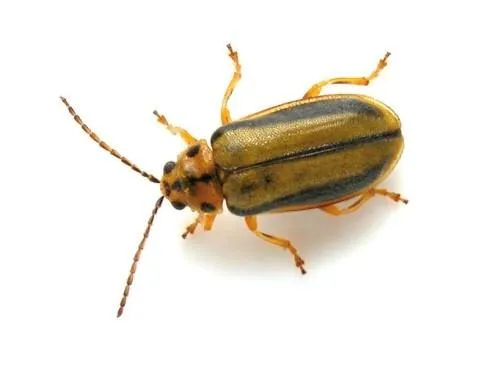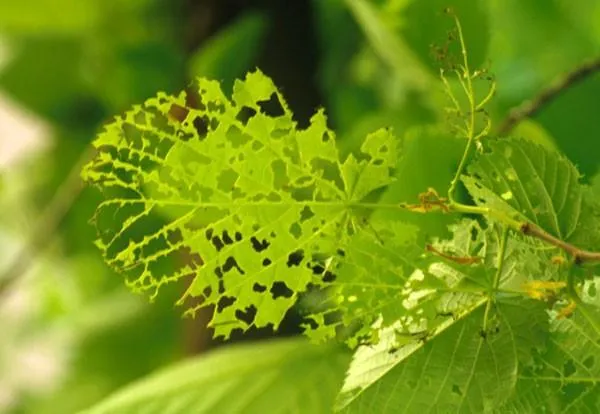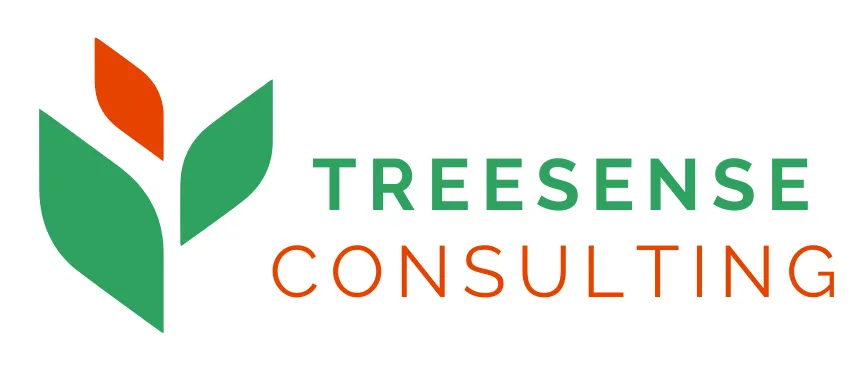
Protect Your Elm Trees from Elm Leaf Beetle Damage
Expert Arborist Services to Preserve the Health and Longevity of Your Elm Trees
The Elm Leaf Beetle is a destructive pest that feeds on the leaves of Elm trees, causing severe defoliation that can lead to long-term damage. Left untreated, repeated infestations weaken the tree, impact its growth, and may even lead to its decline. Early intervention is essential to prevent significant damage and ensure your Elm trees stay healthy and vibrant.


Why Elm Leaf Beetles Are a Serious Threat
Elm Leaf Beetles feed on Elm trees, chewing through leaves and causing visible damage. In just one summer, these pests can cause complete defoliation. Without proper treatment, repeated infestations over several years can severely weaken the tree, making it more susceptible to disease and reducing its lifespan.
How Treesense Consulting Can Help

Treesense Consulting, we have the expertise and experience to manage Elm Leaf Beetle infestations and restore the health of your Elm trees. With over 13 years in arboriculture, our team will
Accurately Diagnose Infestations: Arborists can identify the extent of the infestation and recommend the most effective treatment methods.
Apply Targeted Treatments: Using safe, environmentally responsible products, arborists can effectively control Elm Leaf Beetles while minimising harm to beneficial insects and surrounding vegetation.
Provide Long-Term Care: Arborists can develop a comprehensive tree care plan that includes prevention, treatment, and ongoing monitoring to protect your Elm trees for years to come.
The Life Cycle of the Elm Leaf Beetle
The Elm Leaf Beetle undergoes multiple life stages, each of which can cause harm to Elm trees:
Adult Beetles: The adult Elm Leaf Beetle is around 6mm long, with a yellowish to olive-green body and distinctive black stripes running along each side of its back. They typically emerge in spring and begin feeding on Elm leaves.
Larvae: The larval stage of the beetle is the most destructive. Larvae are approximately 12mm long, green to yellow in colour, with black heads and two black stripes along their backs. As they grow, larvae feed voraciously on the underside of leaves, causing significant damage that leads to defoliation.
Pupae: In its pupal stage, the beetle turns a bright orange-yellow and is about 6mm in size. The pupae typically develop on the ground, near the base of the tree, before maturing into adult beetles, continuing the life cycle.
Impact of Elm Leaf Beetles on Tree Health
The damage caused by Elm Leaf Beetles can be severe. In just one summer, the beetles and their larvae can cause complete defoliation of a tree. This type of extensive leaf loss not only weakens the tree but also disrupts its ability to photosynthesise, reducing its energy reserves.
The most concerning issue arises from repeated defoliation, which can cause:
Decline in Tree Health: Continuous leaf loss reduces the tree's overall vitality, weakening its natural defences.
Reduced Growth: Stressed trees are less able to grow effectively, resulting in stunted growth over time.
Increased Susceptibility to Other Stresses: Trees weakened by Elm Leaf Beetle damage become more vulnerable to other environmental stresses, such as drought, extreme heat, or disease, which may further compromise their health.
Identifying Elm Leaf Beetle Infestations
Signs of an Elm Leaf Beetle infestation include:
Skeletonised Leaves: Beetles and larvae feed on the leaf tissue, leaving behind only the leaf veins, giving the foliage a "skeletonised" appearance.
Premature Leaf Drop: Affected trees may shed their leaves prematurely during the summer months due to the feeding damage.
Visible Beetles and Larvae: Adult beetles can be seen feeding on leaves, while larvae are often found on the underside of leaves, where they feed and grow.
Treatment and Prevention
Effective treatment of Elm Leaf Beetle infestations is essential to preserve the health and longevity of Elm trees. The best time for treatment is in the spring when the beetles are emerging and beginning to feed. A qualified arborist can assess the extent of the infestation and apply targeted treatments to control the population.
There are several treatment options available, including:
Insecticide Applications: Safe and environmentally friendly insecticides can be applied to either the tree's foliage or the soil to target adult beetles and larvae.
Tree Injections: This method involves injecting insecticide directly into the tree's trunk, providing long-lasting protection against beetle feeding.
Ongoing Monitoring: Regular inspections by an arborist help ensure that infestations are caught early and managed before extensive damage occurs.
Rooted in Knowledge, Committed to Quality
With over 13 years of industry experience, we provide expert tree assessments, risk management, and tailored solutions. Our dedication to best practices ensures exceptional results for every project, big or small.
Treesense Consulting exceeded our expectations. Chris’s professional advice and detailed tree assessments helped us safely manage our property’s trees. His expertise and personalised service were invaluable. We highly recommend Treesense for any tree care needs.
★ ★ ★ ★ ★
Jeremy Nguyen
We’ve worked with Treesense Consulting on multiple projects, and Chris’s knowledge and attention to detail are second to none. His commitment to quality and tree protection is evident in every job. Outstanding service from start to finish!
★ ★ ★ ★ ★
Matt Bice

0448 597 264